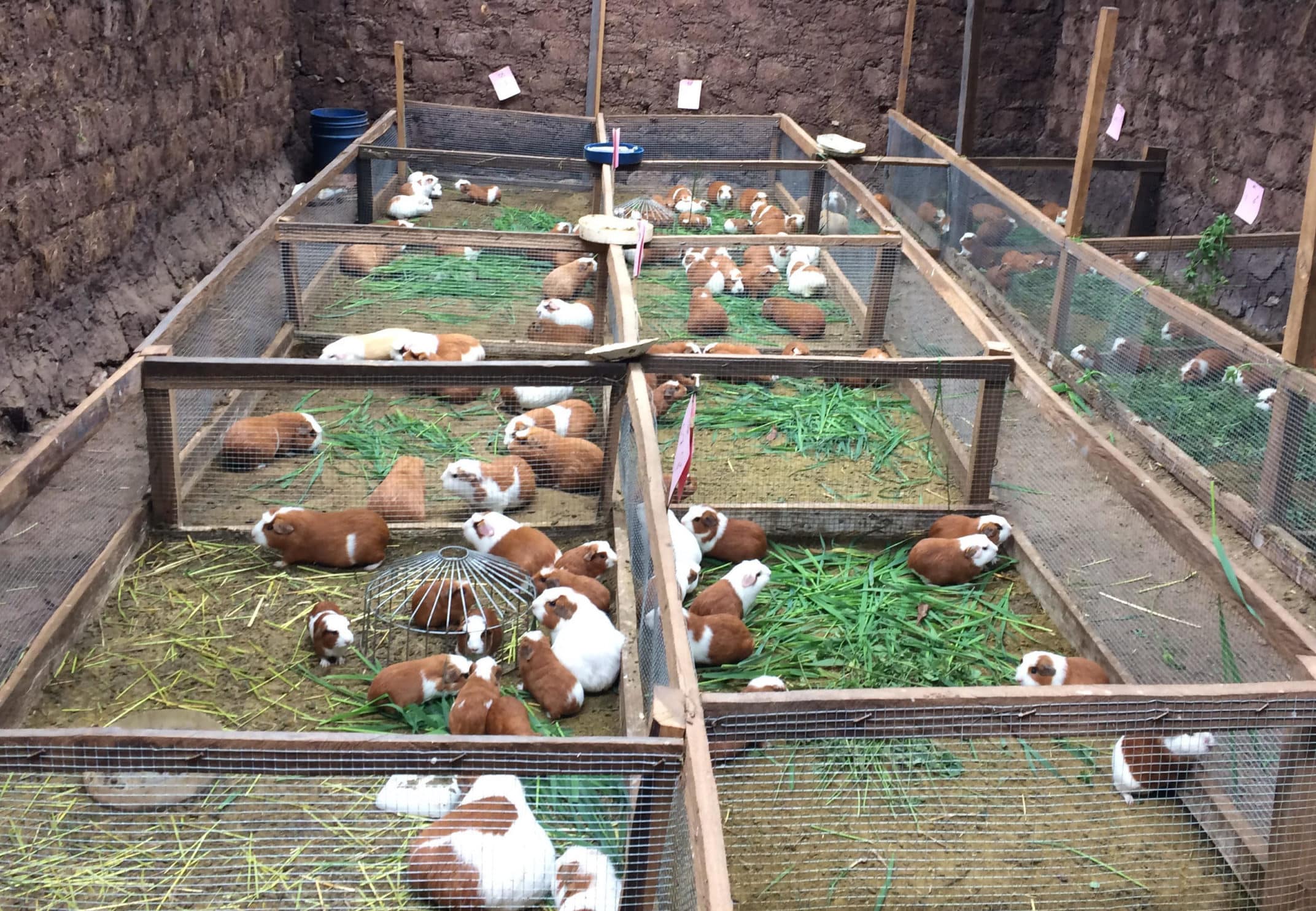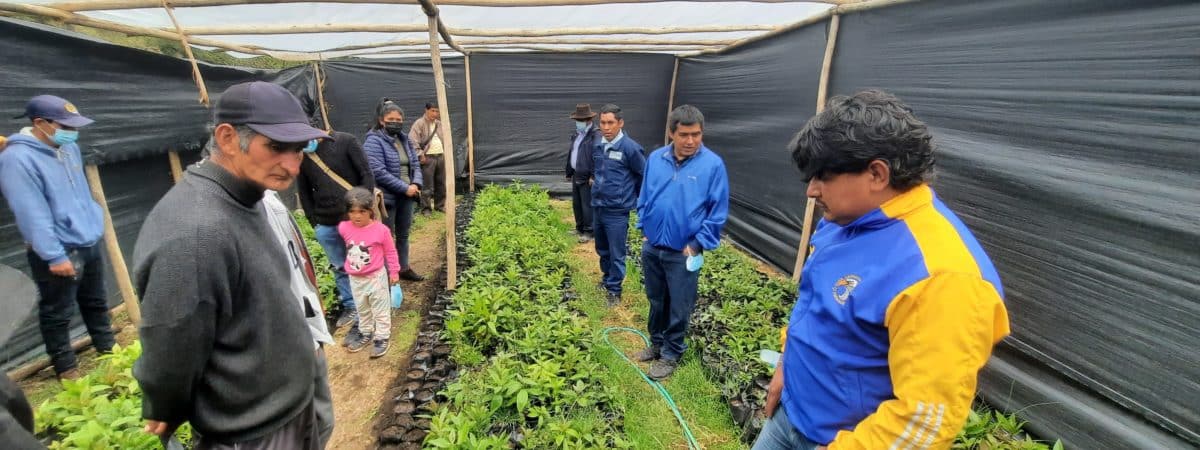
In Peru, Guinea Pigs Help Insulate Farmers From Economic Shocks
July 11, 2022Summer 2022 Neighbors Magazine
August 10, 2022In Peru, Avocados Are A Way Out Of Poverty

Avocado seedlings in a greenhouse in Peru
Avocado consumption has skyrocketed around the world, particularly in the US. Per capita consumption has grown 8% per year for the past decade. About 40% of US households eat avocados.
Most of the avocados eaten in the US are grown in Mexico, which supplies about 80% of the US market and nearly 90% of imported avocados. But they are also increasingly imported from other countries with which the US has free trade agreements, including Chile and Peru. Peru supplies about 6% of the US avocado market, reaching sales of $154 million in 2021. Consumption is also increasing in Peru itself, providing an opportunity for family farmers to sell a high-margin fruit to diversify and increase their incomes.
Valleys in Peru’s Andes are good places to grow a variety of crops. With subtropical temperatures, good land slopes, year-round sunlight and nutritious soil, the Apurimac and other regions are attracting more interest in avocados. Family farmers are able to grow them on one to five acres of land along with potatoes, corn, quinoa, beans and other vegetables in integrated farming systems.
However, a challenge for family farmers is that avocados need significant amounts of soil nutrients and water to produce commercially viable fruit.
Farmers like Candelaria Pillaca are meeting this challenge by learning organic and water management techniques from international development organization World Neighbors. Candelaria learned about a savings and credit program the group has run in Apurimac since 2007. After depositing small amounts each month, Candelaria took out small loans at low interest to purchase and plant avocado trees. Along with the loans came education on organic fertilizer and pesticides, water management and basic accounting.
Candelaria learned that unlike chemical fertilizer, organic fertilizer has numerous benefits. Like chemical fertilizer, they provide nutrients to the soil. But unlike chemical fertilizer, organic can also make more soil as it changes dry, hard and rusty material into lumpy, dark, porous and oxygenated material. This “more and better soil” allows good microorganisms to thrive and retains water and nutrients that plants need. Candelaria and other farmers use agricultural remains, food leftovers and animal manure to produce organic fertilizer. This translates into lower input costs and higher profits.
Water conservation is also important. As noted, avocados are fairly water intensive. And Apurimac has a dry season that, as in other parts of the world, has been intensified by climate change. With assistance from World Neighbors and local municipalities, Candelaria and other farmers have addressed this challenge by using traditional water harvesting techniques, including “Oochas.” These are small reservoirs or lagoons that are created by using natural depressions and slopes to collect water. In addition to collecting water that can be used during the dry season, Oochas enhance the local ecosystem for animals and plants, increasing vegetation and numbers of beneficial insects.
Candelaria has cultivated a very productive, sustainably managed avocado farm. She sells to neighbors and in local markets. Sales have added $3,000 a year to Candelaria’s annual income. This is substantial, given average monthly earnings in Peru – urban and rural – is about $450. The added income has enabled Candelaria to pay back the savings and credit group loans, invest in innovations to raise output and productivity and help support two of her children who attend university. This will enable Candelaria to help break the cycle of poverty and provide her children with much greater opportunities than she has enjoyed.
Helping communities build on what works is a proven way to help catalyze economic and social development. Avocado farming using sustainable techniques is a growing part of that story in Peru and other countries in the Americas.
This article originally appeared on NewsAmericas on July 21, 2022.

